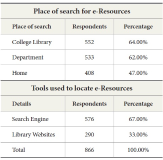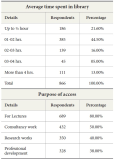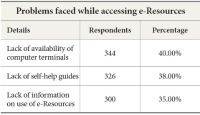ISSN : 2287-9099
Vol.2 No.1

Abstract
This paper proposes a novel knowledge extraction system, TAKES (Two-step Approach for Knowledge Extraction System), which integrates advanced techniques from Information Retrieval (IR), Information Extraction (IE), and Natural Language Processing (NLP). In particular, TAKES adopts a novel keyphrase extraction-based query expansion technique to collect promising documents. It also uses a Conditional Random Field-based machine learning technique to extract important biological entities and relations. TAKES is applied to biological knowledge extraction, particularly retrieving promising documents that contain Protein-Protein Interaction (PPI) and extracting PPI pairs. TAKES consists of two major components: DocSpotter, which is used to query and retrieve promising documents for extraction, and a Conditional Random Field (CRF)-based entity extraction component known as FCRF. The present paper investigated research problems addressing the issues with a knowledge extraction system and conducted a series of experiments to test our hypotheses. The findings from the experiments are as follows: First, the author verified, using three different test collections to measure the performance of our query expansion technique, that DocSpotter is robust and highly accurate when compared to Okapi BM25 and SLIPPER. Second, the author verified that our relation extraction algorithm, FCRF, is highly accurate in terms of F-Measure compared to four other competitive extraction algorithms: Support Vector Machine, Maximum Entropy, Single POS HMM, and Rapier.







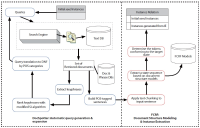


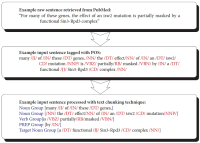

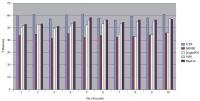



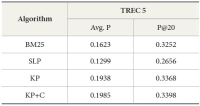
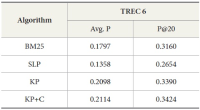
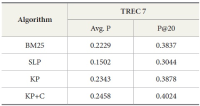
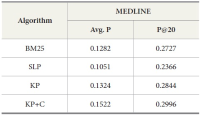

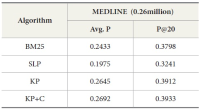
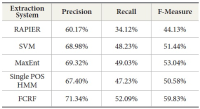
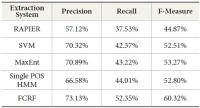

Abstract
This paper analyzes India’s contribution to world tribology research during the period 2001–2012 based on SCOPUS records. India’s global publication share, annual output, and its citation impact of Indian contribution, partner countries, leading contributors, leading institutes, and highly cited papers were analyzed. Additionally, a cloud technique is used to map frequently used single words in titles. It is observed that India ranks in the 7th position with a global publication share of 3.83% and an annual average growth rate of 25.58% during the period 2001–2012. The citation impact of India’s contribution is 6.05 which decreased from 12.74 during 2001–2006 to 4.62 during 2007-2012. 17.4% of India’s total research output was published with international collaboration.

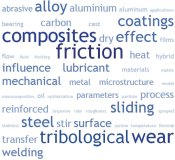
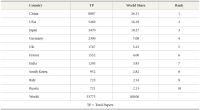




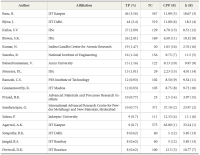
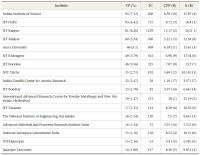


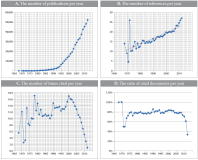
Abstract
Korean researchers’ scientific outputs are increasing rapidly with the growth of both Korea’s economy and industry size. This is the time to analyze the scientific output (STEM area) of Korea over the last 40 years. For this analysis, this study used the SCIE database of Web of Science (WoS), which is a representative global Citation Index Service. The objects of analysis are every Korean document published in the SCIE journal, and the research scopes are (1) analysis of citation and subject categories and (2) analysis of co-authorship. Through this study, characteristics such as cited trend and research trend by subject, and the status of collaboration between Korea and other countries including the 50 states of the USA were revealed.











Abstract
Using statistic and bibliometric methods to characterize scientific cooperation between China (excluding Hong Kong, Macao, and Taiwan) and South Korea through their bilateral co-authored papers covered by the Science Citation Index CD-ROM, 1991-2010, in our paper we exploit the feature of their cooperation in four levels: time sequence, academic community, key fields, and institution distribution. From the time sequence we know that collaboration between China and Korea starts in 1991, reaching the first peak during 2004-2007. As for the academic community, the number of Chinese corresponding authors (2414) is slightly lower than that of Korea (2700). Regarding the 27 high yield authors, there are only 4 coming from China. Korea has a higher active level than Chinese authors. China and Korea tend to cooperate with each other on strong disciplines such as physics, chemistry, material science, engineering, mathematics, pharmaceutical, computer science and biology. Furthermore, they also attach great importance to basic research and high-tech cooperation. Besides, Chinese Academy of Sciences ranks at the top 1 among the distribution of institutions. As a majority of the collaborative institutions are universities, the participation of non-university institutions is relatively low. There are 7 Korean universities among the top ten institutions, while Yanbian University and Tsinghua University in China rank respectively as third and fourth. Seoul National University, accompanied by Korea University and Yonsei University as the three top Korean universities, is also among the top among the cooperating institutions.

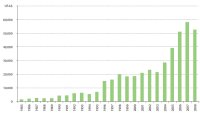

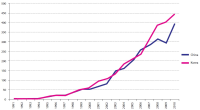
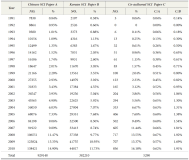
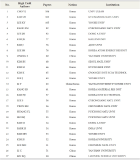






Abstract
The All India Council for Technical Education (AICTE), an apex body of controlling technical education in India, has made mandatory subscription of e-Resources to all its Engineering College Libraries. This policy has directly helped the teaching community, research scholars, and student’s paternity, which has benefits for their teaching, research activities, and curriculum, respectively. This study emphasizes the usefulness of e-Resources among the teachers and scholars of engineering colleges in the Bangalore region under Visvesvaraya Technological University (VTU), Belgaum, Karnataka. Survey methodology has been used as the basic research tool for data collection with the help of questionnaires. 866 teaching faculties in VTU were selected randomly on the basis of willingness of users who access the e-Resources for their academic and research activities in the survey. The survey results were tabulated and analyzed with descriptive statistics methods using the SPSS 20 software package. The findings reveal that e-resources are useful for engineering college teachers and scholars for their academic and research activities.


